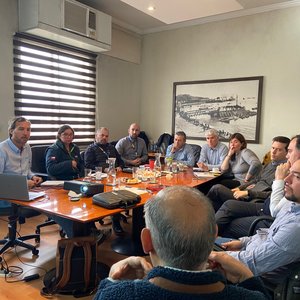Pher
After initial laboratory tests, the first c
These findings, which will be outlined at the upc
The trials were carried out under the supervision of U.K. Government Agency CEFAS (the Centre for Environment, Fisheries & Aquaculture Science), in partnership with Kiotech International and in collaboration with local aquaculture and fish institutes in
“These results give much encouragement and demonstrate the effectiveness of our pher
The trials on Tilapia (Oreochr
In White Shrimp (Litopenaeus vannamei), the trial was conducted in Tradt, south east
On the environmental side, the use of pher
. . . . . . . . . . . . . . . . . . . . . . . . . . . . . . . . . . . . . . . . . . . . . .
Aquafeed Horizons will take place along side Victam International 2007 at the Jaarbeurs,
More information, including program details, can be found on the conference website: www.aquafeed.info or email: editor@aquafeed.com
Aquafeed Horizons is organized and presented by Aquafeed.com, the aquafeed industry information gateway and Fiskeriforskning, the Norwegian Institute of Fisheries and Aquaculture Research.










